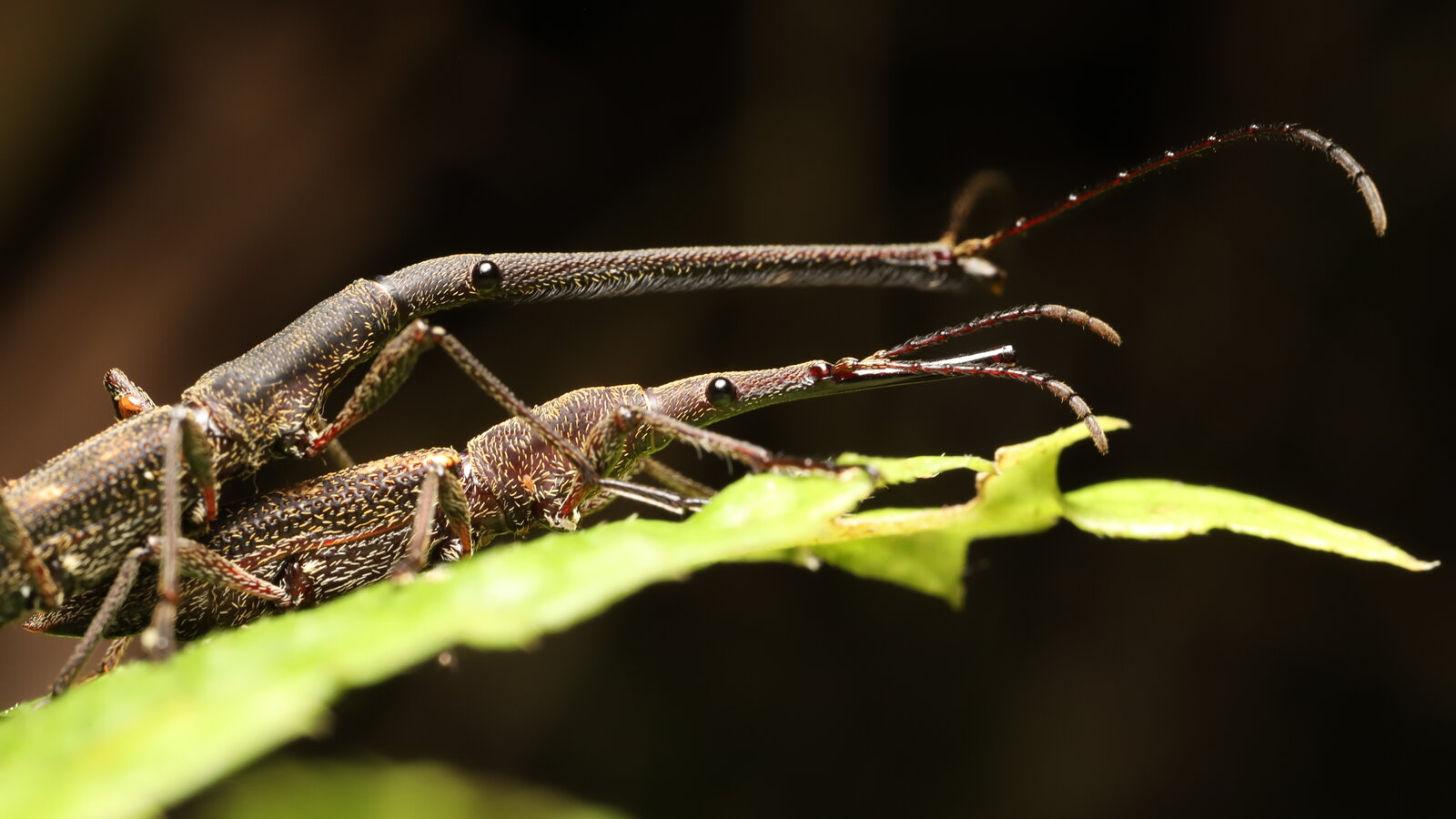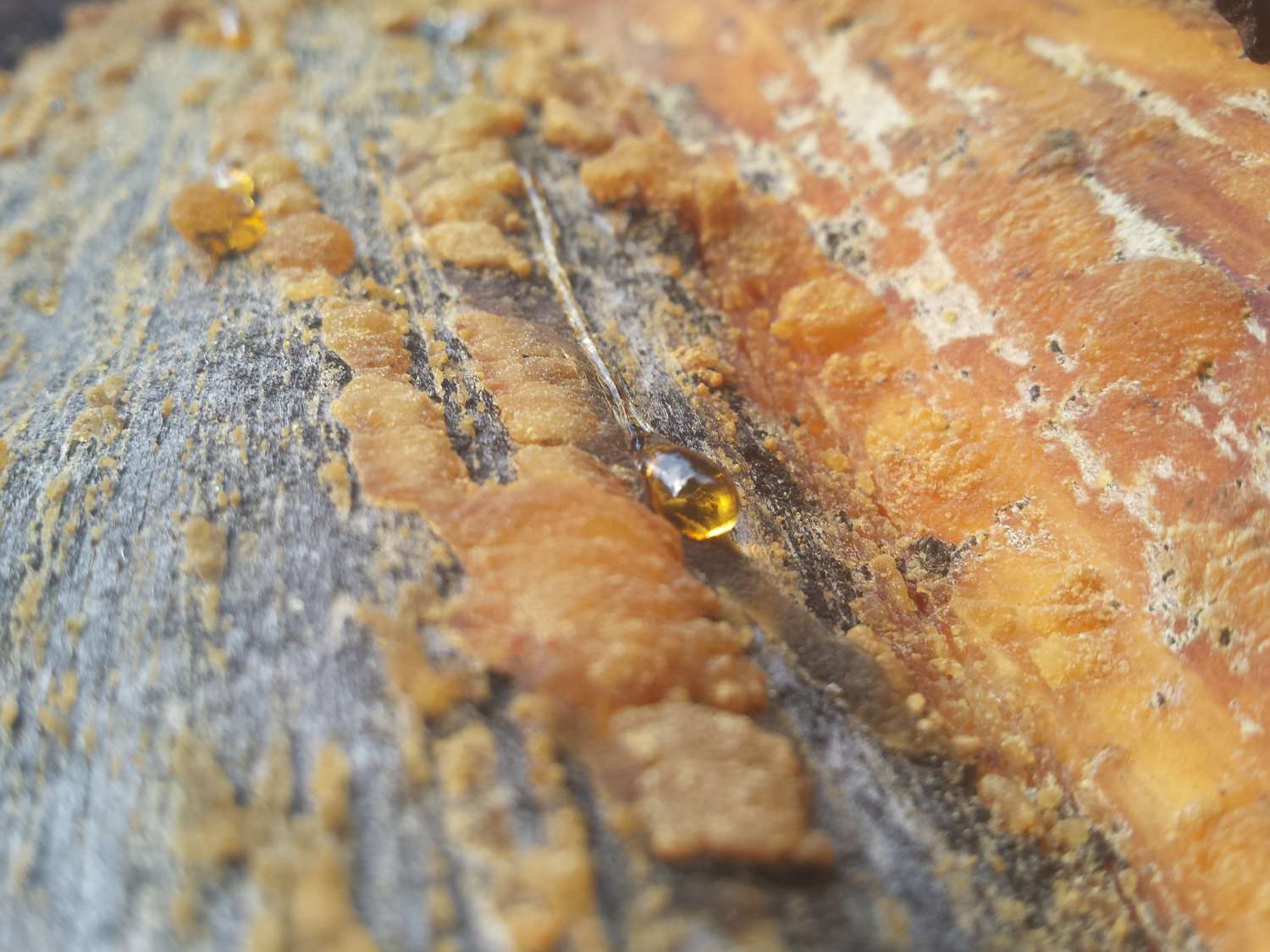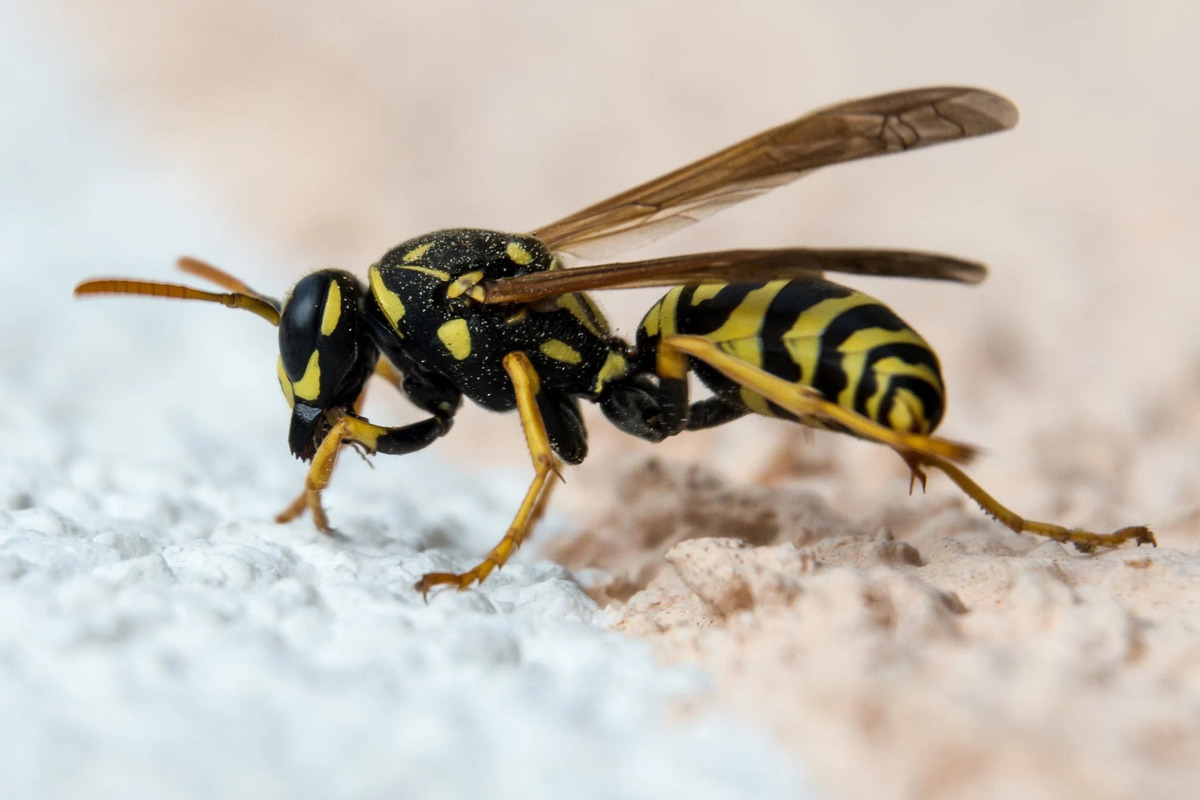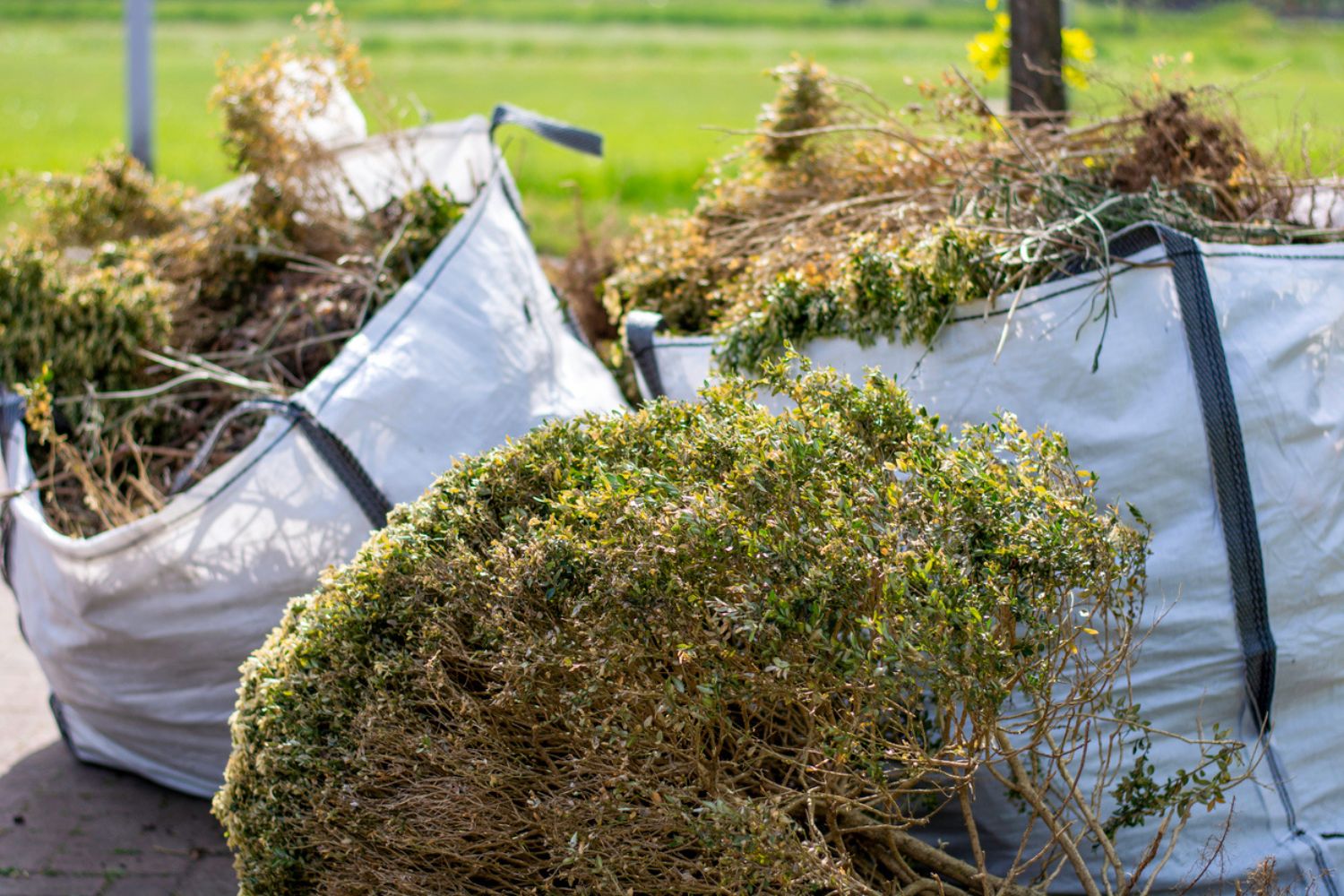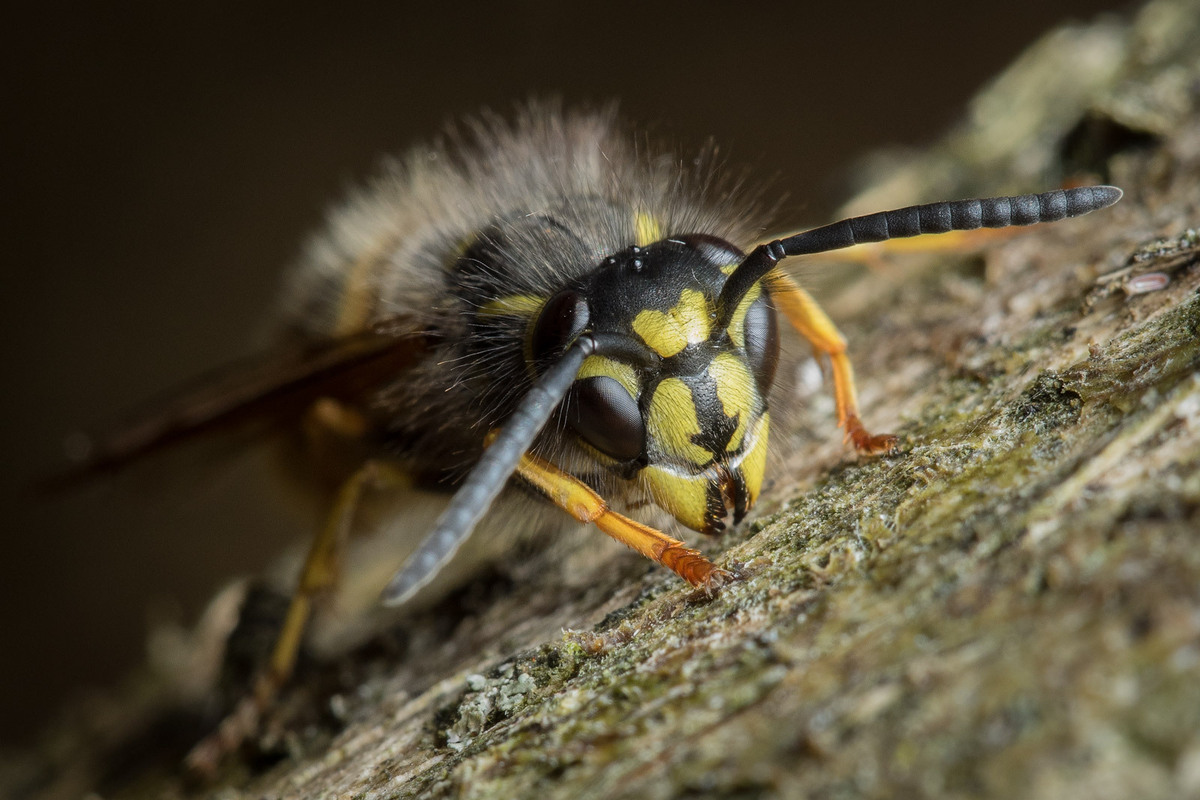Home>Types of Gardening>Ornamental Gardening>What Percentage Of Energy Do Shrubs Have


Ornamental Gardening
What Percentage Of Energy Do Shrubs Have
Modified: February 8, 2024
Discover the energy efficiency of shrubs in ornamental gardening. Learn what percentage of energy these plants possess and how they contribute to a sustainable landscape.
(Many of the links in this article redirect to a specific reviewed product. Your purchase of these products through affiliate links helps to generate commission for Chicagolandgardening.com, at no extra cost. Learn more)
Table of Contents
Introduction
Welcome to the fascinating world of ornamental gardening, where vibrant colors, beautiful blooms, and lush foliage come together to create stunning landscapes. One aspect that plays a crucial role in the growth and vitality of ornamental plants, including shrubs, is the percentage of energy they possess. Understanding this concept is essential for gardeners and enthusiasts who aim to create thriving gardens and contribute to a harmonious ecosystem.
Shrubs are woody perennial plants characterized by multiple stems and a height range of 3 to 20 feet. They come in various shapes, sizes, and forms, making them versatile additions to any garden or landscape design. From flowering shrubs like hydrangeas and roses to evergreen shrubs like boxwoods and junipers, these plants offer a myriad of colors, textures, and benefits.
The energy percentage in shrubs refers to the proportion of energy these plants generate and utilize for their growth, reproduction, and overall metabolic processes. Energy is produced through photosynthesis, a vital biological process that converts sunlight into chemical energy, stored in the form of sugars and carbohydrates. This energy is then used by shrubs for various physiological functions.
The percentage of energy in shrubs is influenced by several factors, including sunlight availability, nutrient levels in the soil, water availability, and environmental conditions. Different species of shrubs have varying energy requirements and allocation patterns, with some prioritizing growth while others focus on reproduction. It is crucial to understand these factors and how they impact energy allocation to ensure the optimal health and development of shrubs.
In this article, we will delve deeper into the factors affecting the percentage of energy in shrubs, explore methods of calculating this percentage, and examine case studies on energy allocation in different types of shrubs. We will also discuss the implications of energy percentage in shrubs for ecosystems and highlight the significance of considering this aspect in ornamental gardening practices. By gaining insights into the energy dynamics of shrubs, we can enhance our ability to cultivate thriving gardens and contribute positively to the natural world.
Definition of Shrubs
Before exploring the intricacies of energy allocation in shrubs, it is essential to establish a clear understanding of what shrubs are and how they differ from other types of plants. Shrubs are woody perennial plants that possess multiple stems arising from the ground. Unlike trees, which have a single dominating trunk, shrubs have a cluster of stems that branch out from the base, giving them a bushy and compact appearance.
Shrubs come in a wide range of sizes, from small and delicate varieties to large and sprawling specimens. Some common examples of shrubs include hydrangeas, roses, azaleas, lilacs, boxwoods, and junipers. They can be deciduous, meaning they shed their leaves during the winter months, or evergreen, retaining their foliage year-round.
One distinctive feature of shrubs is their ability to occupy the intermediate space between groundcovers and trees. While groundcovers are low-lying plants that spread horizontally, and trees are tall with a dominant trunk, shrubs bridge the gap by growing taller than groundcovers but shorter than trees. This unique growth habit allows shrubs to serve various functional and aesthetic purposes in garden landscapes.
Shrubs exhibit an incredible diversity in terms of their forms, textures, colors, and growth habits. Some shrubs have dense foliage that provides privacy screens and windbreaks, while others showcase vibrant flowers that add bursts of color to the landscape. Shrubs can also be used to create hedges, borders, or focal points in garden designs, adding structure and visual interest to outdoor spaces.
It is important to note that the term “shrub” can be used to refer to different plants depending on geographical location. For example, in some regions, the term “shrub” may be used interchangeably with “bush” or “bushes.” However, in the context of ornamental gardening, shrubs specifically refer to woody perennial plants with multiple stems.
In the next section, we will explore the significance of energy in shrubs and how it impacts their growth and development. By understanding the role of energy in these plants, we can gain insights into the factors that influence their overall health and vitality.
Importance of Energy in Shrubs
Energy is a vital component for the growth, survival, and reproduction of all living organisms, including shrubs. As photosynthetic organisms, shrubs rely on the production and allocation of energy to carry out essential metabolic processes and maintain their overall health and vigor.
The energy obtained through photosynthesis is stored in the form of sugars and carbohydrates in shrubs. This energy is then utilized for various purposes, such as cell division and expansion, root and shoot growth, flower and fruit production, and defense against pests and diseases.
One of the primary functions of energy in shrubs is facilitating growth and development. With an adequate energy supply, shrubs can produce new leaves, stems, and roots, allowing them to increase in size and density. This growth is essential for establishing a strong foundation and ensuring the long-term survival of the plant.
In addition to growth, energy plays a crucial role in reproduction. Shrubs require energy to produce flowers, attract pollinators, and develop fruits or seeds. The energy stored in these fruits or seeds is crucial for their germination and subsequent growth into new shrubs, ensuring the continuation of the species.
Energy is also instrumental in enabling shrubs to adapt and respond to environmental challenges. It helps in the formation and transport of plant hormones, which regulate various physiological processes, including responses to stress, nutrient uptake, and water regulation. This allows shrubs to cope with changes in temperature, moisture levels, and other environmental factors.
Furthermore, energy allocation in shrubs influences their ability to defend themselves against pests, diseases, and herbivores. The energy invested in producing defensive compounds, such as secondary metabolites, can deter or minimize damage caused by invaders. This defense mechanism helps maintain the overall health and vitality of shrubs.
By understanding the importance of energy in shrubs, gardeners and ornamental gardening enthusiasts can make informed decisions regarding their care and maintenance. Providing optimal growing conditions, such as ample sunlight, appropriate nutrient levels, and sufficient water, ensures that shrubs have access to the necessary resources to generate and allocate energy effectively.
In the following sections, we will explore the various factors that influence the percentage of energy in shrubs and the methods used to calculate this percentage. Understanding these factors and calculations will further enhance our ability to cultivate thriving gardens and create sustainable ecosystems.
Factors Affecting Energy Percentage in Shrubs
The percentage of energy in shrubs is influenced by a variety of factors that determine how the energy generated through photosynthesis is allocated and utilized. These factors can vary depending on the species of shrub, environmental conditions, and overall health of the plant. Understanding these factors is essential for optimizing the growth and vitality of shrubs in ornamental gardening practices.
1. Sunlight Availability: Sunlight is the primary source of energy for shrubs as they undergo photosynthesis. The amount and duration of sunlight exposure influence the rate at which shrubs can produce energy. Shrubs grown in areas with partial shade may have a lower percentage of energy compared to those exposed to full sunlight.
2. Nutrient Levels: Shrubs require essential nutrients, such as nitrogen, phosphorus, and potassium, for their metabolic processes. Adequate nutrient availability in the soil ensures efficient energy production and allocation. Imbalances or deficiencies in nutrient levels can affect the overall energy percentage in shrubs and hinder their growth and development.
3. Water Availability: Water is crucial for the maintenance of proper cell function and the transport of nutrients within shrubs. Insufficient water availability can lead to reduced photosynthesis rates and, consequently, lower energy percentages in shrubs. Conversely, excessive water or waterlogged conditions can also hinder energy allocation.
4. Environmental Conditions: Environmental factors such as temperature, humidity, and air quality can impact energy allocation in shrubs. Extreme temperature fluctuations, high humidity levels, and pollutants can stress the plants, diverting energy towards defense mechanisms rather than growth and reproductive processes.
5. Plant Health & Vigor: The overall health and vigor of shrubs play a significant role in energy allocation. Healthy shrubs with well-developed root systems and disease-free foliage are better equipped to generate and utilize energy efficiently. On the other hand, shrubs suffering from pests, diseases, or nutrient deficiencies may have a lower percentage of energy.
6. Pruning and Maintenance: Proper pruning and maintenance practices can influence energy allocation in shrubs. Regular pruning helps remove dead or diseased branches, redirecting energy towards new growth and development. However, excessive or improper pruning can cause stress and redirect energy towards wound healing instead of essential metabolic processes.
By considering these factors, gardeners and ornamental gardening enthusiasts can create optimal growing conditions for shrubs, allowing them to maximize their energy percentage and thrive in their respective environments.
In the upcoming sections, we will explore the different methods used to calculate the percentage of energy in shrubs, as well as examine case studies that illustrate energy allocation in various types of shrubs. Understanding these calculations and real-life examples will provide further insights into the dynamic nature of energy in shrubs and its implications for ornamental gardening.
Methods of Calculating Energy Percentage in Shrubs
Calculating the percentage of energy in shrubs is a valuable tool for understanding the overall health and productivity of these plants. Several methods can be used to determine the energy percentage, each with its own considerations and benefits. By employing these methods, gardeners and researchers can assess the energy allocation patterns in shrubs and make informed decisions about their care and maintenance.
1. Chlorophyll Fluorescence: Chlorophyll fluorescence measurements provide a non-destructive and accurate way of assessing the photosynthetic efficiency and energy allocation in shrubs. Fluorescence-based instruments measure the amount of absorbed and emitted light by chlorophyll molecules, providing insights into the efficiency of energy conversion through photosynthesis.
2. Biomass Analysis: Biomass analysis involves measuring the dry weight of shrub tissues, such as leaves, stems, and roots. By determining the biomass of various plant parts, it is possible to estimate the amount of energy stored in each component. This method helps assess how energy is distributed within the shrub and identify areas where energy allocation may be skewed.
3. Carbon Isotope Analysis: Carbon isotope analysis involves measuring the ratio of stable carbon isotopes (e.g., carbon-12 and carbon-13) in shrub tissues. Different photosynthetic pathways and energy allocation strategies can result in variations in carbon isotope ratios. By analyzing these ratios, researchers can gain insights into how shrubs allocate and utilize energy.
4. Growth Analysis: Growth analysis involves monitoring the growth rates and patterns of shrubs over time. By measuring the increase in height, stem diameter, or canopy size, one can infer the amount of energy used for growth. Comparing growth rates among different shrubs or within the same shrub over different periods can provide insights into energy allocation priorities.
5. Reproductive Output: Assessing the reproductive output of shrubs, such as the number and quality of flowers or fruits produced, can be indicative of the energy percentage allocated for reproduction. By quantifying these reproductive traits and comparing them among shrubs, researchers can gain insights into energy investment in reproductive processes.
It is important to note that each method has its limitations and requires careful interpretation. Some methods may require specialized equipment or expertise, making them more suitable for research or laboratory settings. Additionally, the choice of method may depend on the specific objectives of the study or the available resources.
By employing these methods, researchers and gardeners can gain a deeper understanding of how energy is allocated in shrubs and how it relates to their growth, reproduction, and overall health.
In the subsequent sections, we will delve into case studies that illustrate energy allocation in different types of shrubs. These case studies will provide practical examples of how energy percentages can vary across various species and shed light on their implications for ornamental gardening.
Case Studies on Energy Percentage in Different Types of Shrubs
Understanding the energy allocation patterns in different types of shrubs provides valuable insights into their growth, reproduction, and overall health. Let’s explore a few case studies that highlight the variations in energy percentage among different species of shrubs.
1. Study on Flowering Shrubs: In a study focused on flowering shrubs, researchers analyzed the energy allocation between vegetative growth and flower production. They found that certain species, such as hydrangeas, allocated a significant percentage of energy towards producing large and showy flower clusters. This suggested that these shrubs prioritize reproductive efforts over vegetative growth. In contrast, other flowering shrubs like roses exhibited a more balanced energy allocation between growth and reproduction.
2. Study on Evergreen Shrubs: An investigation into the energy percentage in evergreen shrubs revealed interesting findings. The study found that evergreen shrubs, such as boxwoods and junipers, dedicated a substantial portion of their energy towards maintaining their foliage year-round. Since evergreen shrubs do not undergo a complete dormancy period, they require a consistent supply of energy to support their continuous growth, defense mechanisms, and metabolic processes throughout the year.
3. Study on Native Shrubs: Native shrubs play a vital role in supporting local ecosystems. A study conducted in a natural conservation area examined the energy allocation in native shrubs compared to non-native species. The findings revealed that native shrubs allocated a higher percentage of energy towards growth and defense mechanisms, helping them adapt to the local environmental conditions. Non-native shrubs, on the other hand, exhibited higher energy investment in reproduction, potentially impacting the competition for resources with native species.
4. Study on Drought-Tolerant Shrubs: Shrubs adapted to arid and drought-prone regions employ unique energy allocation strategies to survive in such challenging conditions. A study focused on drought-tolerant shrubs demonstrated that these plants have a higher percentage of energy allocated towards root development and water uptake. This allows them to maximize water absorption and minimize water loss, ensuring their survival even in water-limited environments.
These case studies highlight the diversity in energy allocation among different types of shrubs and how it relates to their specific growth habits, environments, and evolutionary adaptations. Understanding these variations is crucial for selecting appropriate shrub species, designing sustainable garden landscapes, and supporting local ecosystems.
In the following section, we will examine the implications of energy percentage in shrubs for ecosystems and explore the significance of considering this aspect in ornamental gardening practices.
Implications of Energy Percentage in Shrubs for Ecosystems
The energy percentage in shrubs has profound implications for ecosystems, as these plants play crucial roles in supporting biodiversity, nutrient cycling, and habitat creation. Understanding the energy dynamics in shrubs is essential for maintaining the balance and health of ecosystems, both in natural settings and in ornamental gardens.
1. Biodiversity Support: Shrubs provide valuable habitat and food sources for various organisms, such as birds, insects, and small mammals. The energy allocation in shrubs affects the availability of resources for these organisms. Shrubs that allocate a higher percentage of energy towards flower and fruit production can attract a diverse range of pollinators and seed dispersers, thereby enhancing biodiversity in the ecosystem.
2. Nutrient Cycling: Shrubs play an important role in nutrient cycling within ecosystems. Through their root systems, shrubs absorb nutrients from the soil, including nitrogen, phosphorus, and potassium. The energy invested in root development allows shrubs to efficiently extract these nutrients, contributing to soil fertility and nutrient availability for other plants and organisms in the ecosystem.
3. Soil Erosion Prevention: Shrubs, especially those with well-developed root systems, help prevent soil erosion. The energy allocated towards root growth enhances the stability of the soil structure, reducing the risk of soil erosion caused by wind or water. This, in turn, helps preserve the integrity of the surrounding ecosystem and supports the growth of other plant species.
4. Carbon Sequestration: Shrubs play a role in mitigating climate change by sequestering carbon dioxide from the atmosphere. Through the process of photosynthesis, shrubs convert carbon dioxide into carbohydrates, storing the carbon within their tissues. The energy invested in this process directly contributes to carbon sequestration, helping to reduce greenhouse gas levels in the atmosphere.
5. Microclimate Modification: Shrubs can modify microclimates by providing shade, reducing wind velocity, and retaining moisture in the surrounding environment. The energy allocation in shrubs influences their growth and canopy density, which in turn affects the microclimate beneath them. This can provide favorable conditions for other plant species, promote biodiversity, and provide a more comfortable environment for animals and humans alike.
Ensuring the optimal energy allocation in shrubs through appropriate cultivation and management practices is crucial for maintaining the ecological balance within ecosystems. By selecting native shrub species, providing suitable growing conditions, and conserving energy during maintenance practices, we can create sustainable landscapes that benefit both aesthetic enjoyment and ecological harmony.
In the concluding section, we will provide a summary of the key points discussed throughout the article and emphasize the importance of considering energy allocation in shrubs for successful ornamental gardening and ecosystem management.
Conclusion
Understanding the concept of energy percentage in shrubs is crucial for ornamental gardening enthusiasts and ecosystem managers alike. The energy allocated and utilized by shrubs directly impacts their growth, reproduction, and overall health. By considering the various factors that influence energy allocation, employing different calculation methods, and examining case studies, we gain valuable insights into the dynamic nature of energy in shrubs.
Shrubs, with their diverse forms and functions, contribute significantly to the beauty, biodiversity, and ecological balance of landscapes. Energy plays a vital role in supporting their growth, reproduction, and defense mechanisms. Sunlight availability, nutrient levels, water availability, environmental conditions, plant health, and pruning practices are key factors influencing the percentage of energy in shrubs.
Beyond the individual benefits to shrubs, their energy allocation has far-reaching implications for ecosystems. Shrubs support biodiversity, contribute to nutrient cycling, prevent soil erosion, sequester carbon, and modify microclimates. Understanding and managing energy allocation in shrubs is essential for creating sustainable gardens and maintaining the delicate balance of ecosystems.
Through careful selection of shrub species, understanding their specific energy allocation patterns, and providing optimal growing conditions, gardeners can cultivate thriving landscapes that offer beauty, functionality, and ecological benefits. By considering the energy dynamics of shrubs, we can ensure they thrive and contribute positively to the natural world.
As we continue our journey in ornamental gardening, let us embrace the fascinating intricacies of energy allocation in shrubs. By striking a balance between aesthetics and ecological considerations, we can create sustainable gardens that not only bring joy to our lives but also support the health and well-being of the ecosystems in which we live.
